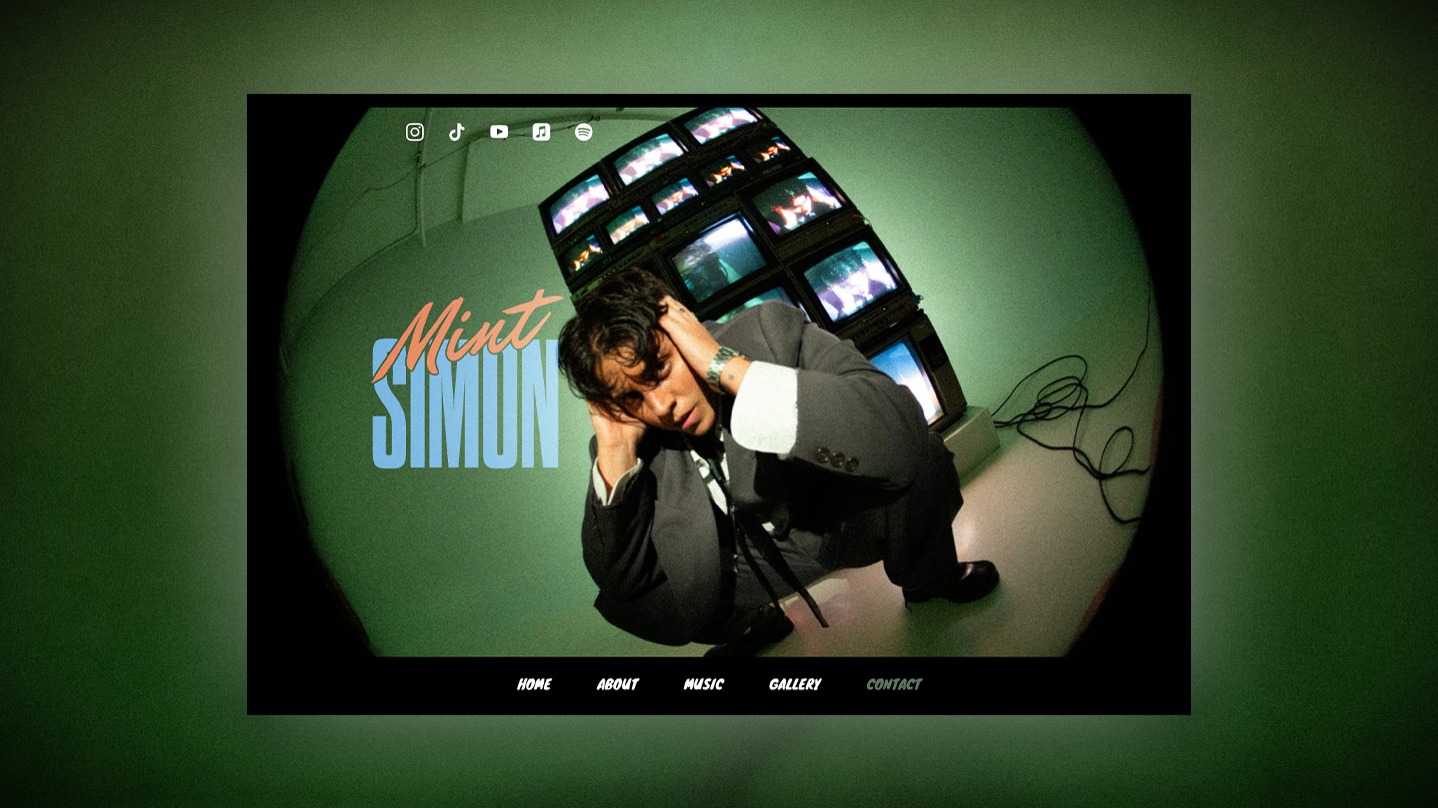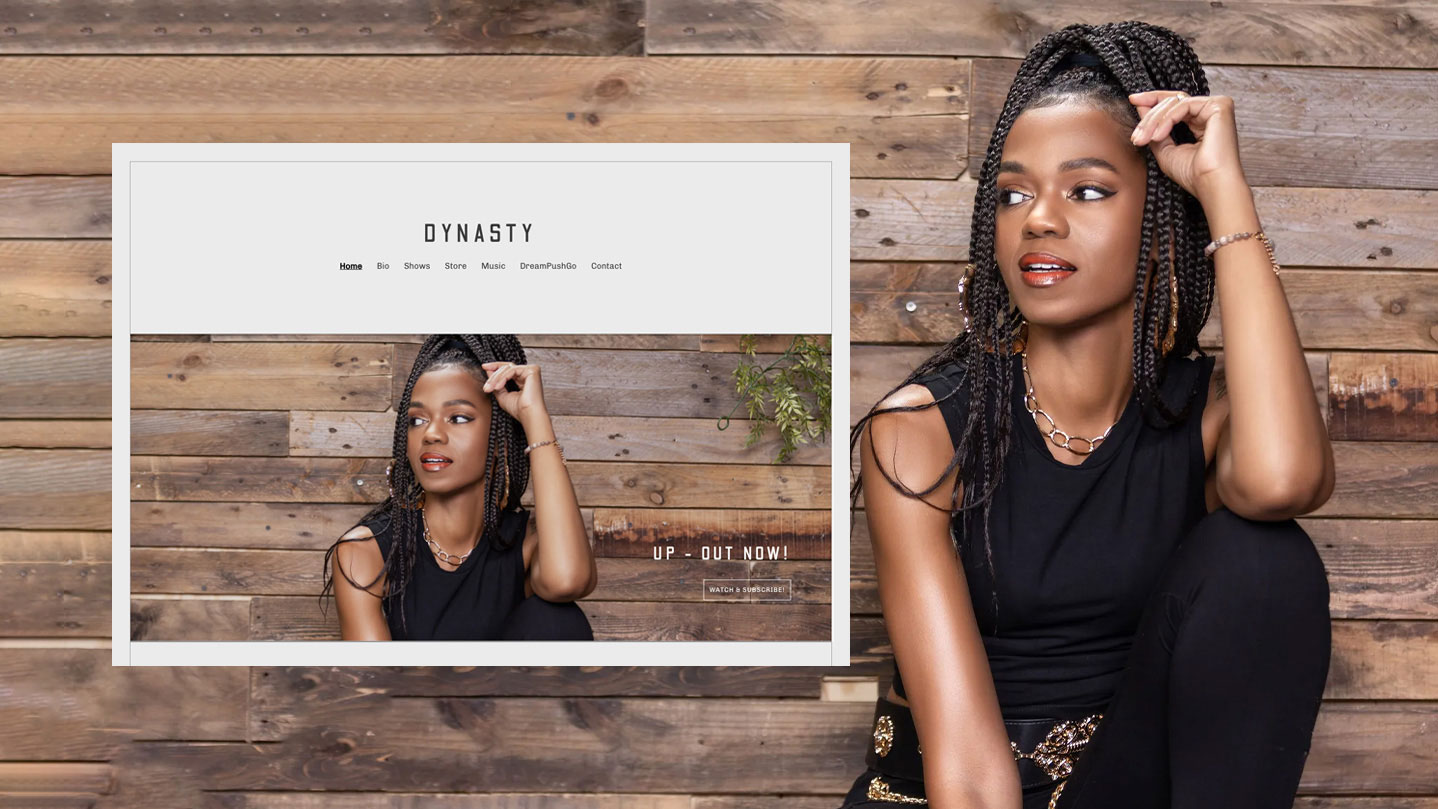A music portfolio is a must for all musicians. Whether you’re a producer looking for new clients, a band looking to connect with industry professionals, or a student looking to gather materials for applications, a portfolio will allow you to showcase your music and who you are as an artist.
Creating a music portfolio online is an easy way to be able to solicit more work, share your CV quickly with collaborators or bookers, or increase your chances of selling more music.
To help your music portfolio stand out, be sure to include these 6 essential elements.
1. Artist bio
Your portfolio is dedicated to your journey as a musician and it’s important to share that journey with your audience. In your artist bio, you’ll want to touch on your career as a musician, your notable accomplishments and past projects, as well as any projects you’re currently working on.
This can include past and upcoming tour dates and performances, record releases, awards, and anything else you think helps showcase yourself as a musician. You can share your story as an artist, outlining your performance history, and then follow up with any important achievements and industry showcases.
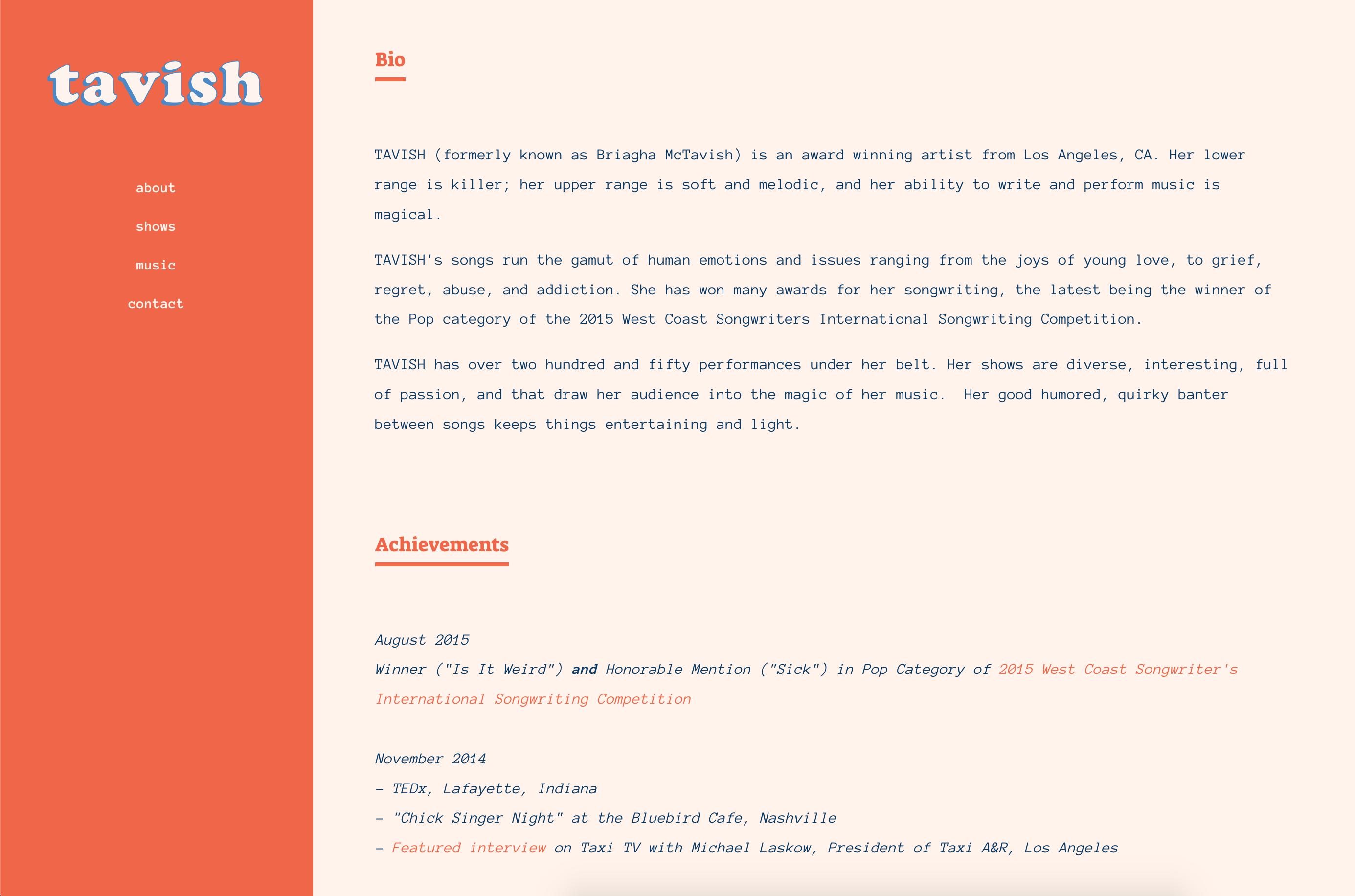
2. Professional photos
Your music portfolio is meant to highlight everything about you and your music. A must-have for every portfolio are high-quality photos. Include photos that are professional, colorful, eye-catching, and that complement the style and sound of your music.
In addition to making your online music portfolio look professional, photos help to show the world who you are. They quickly reflect everything from your individuality to the genre you love most. You can use this to your advantage by including images that directly communicate your style.
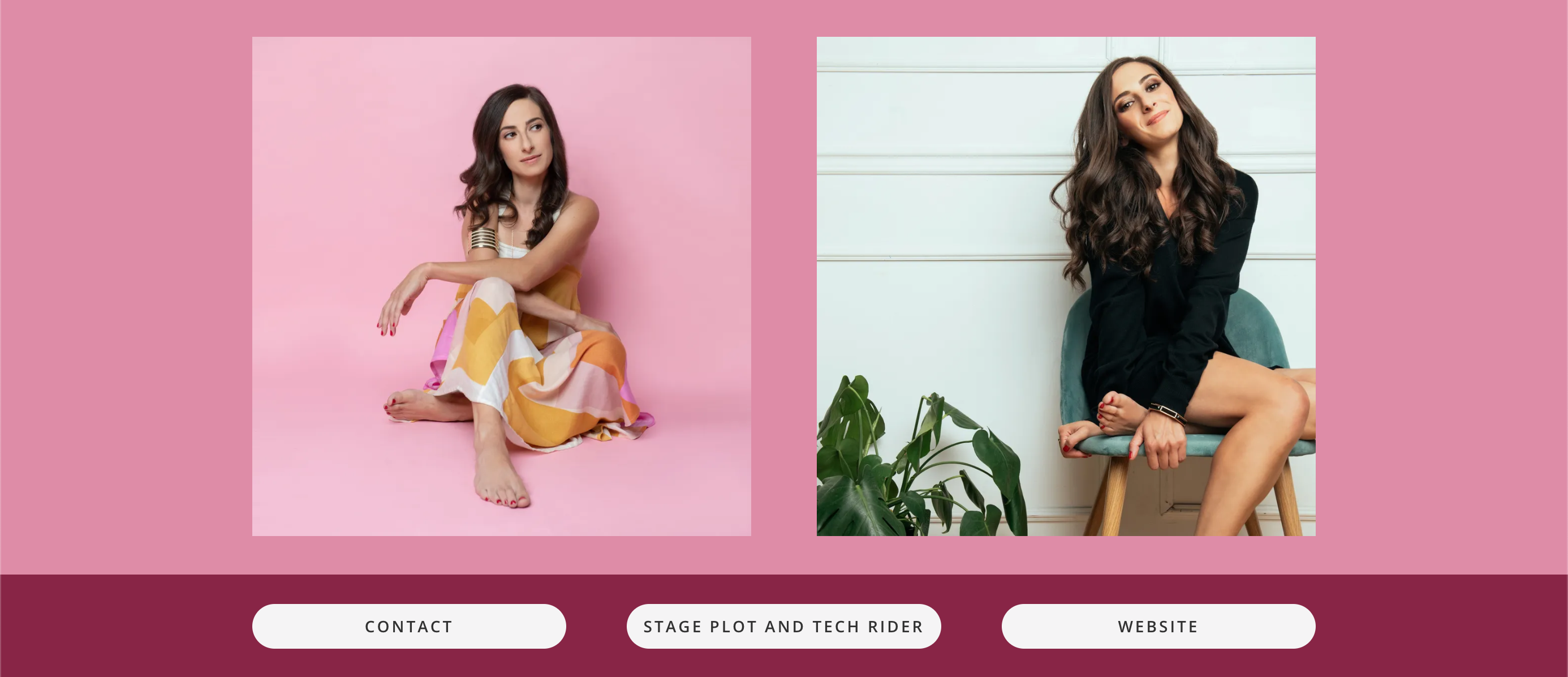
3. Music samples
No music portfolio is complete without a section dedicated to your music. Here you can showcase your best work using your preferred media player.
If you are an artist or producer with a large discography, you can highlight your favorite tracks from your discography to showcase your versatility and growth. If you’re just starting out, any recordings that help showcase your abilities as a musician or producer can get you that much closer to securing a studio session, tour dates, and help you find a community to grow your network.
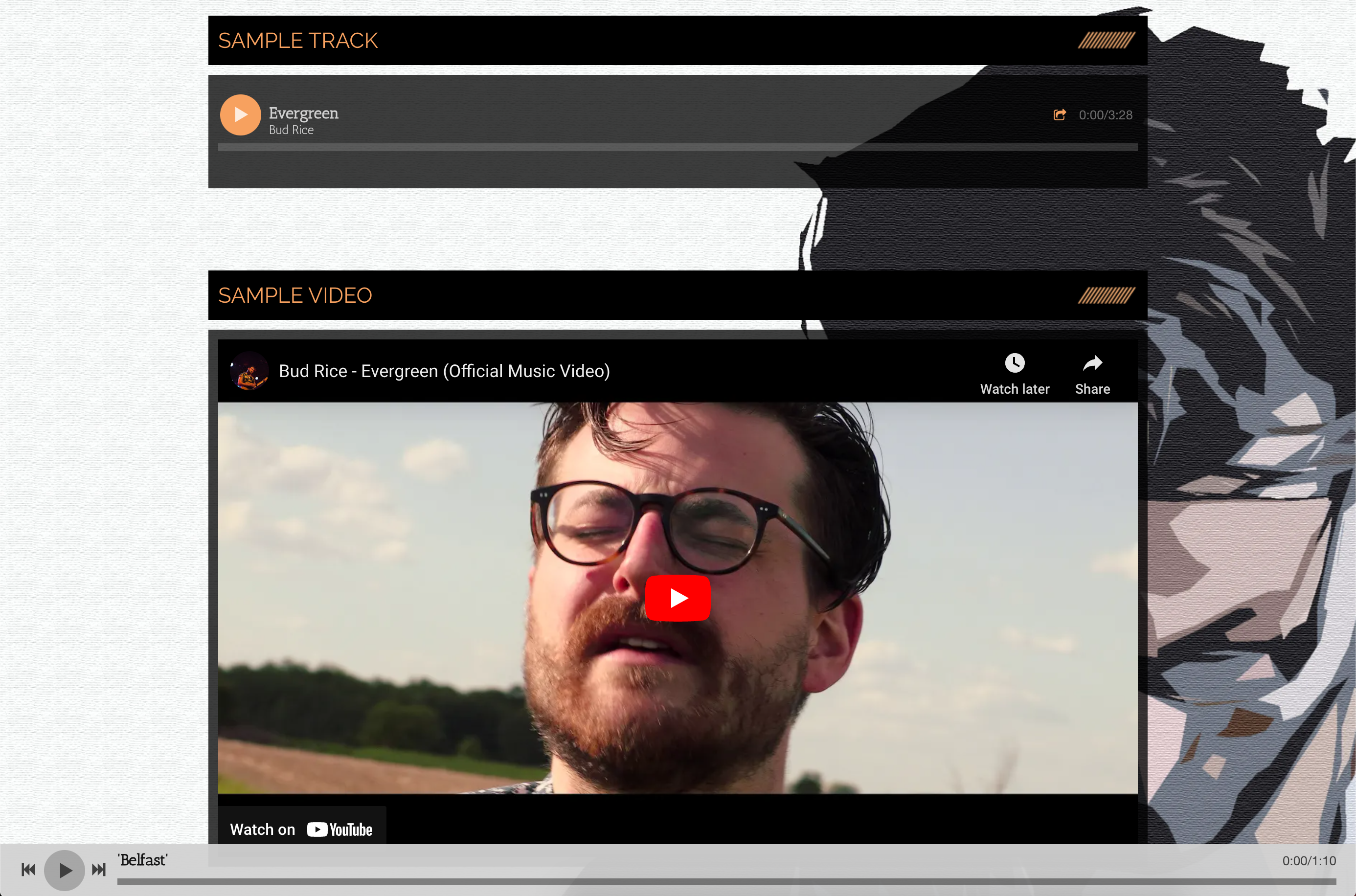
4. Press
Don’t underestimate the power of press to solidify your legitimacy with industry professionals. Your music portfolio is a great place to include any significant press you’ve received from your past releases.
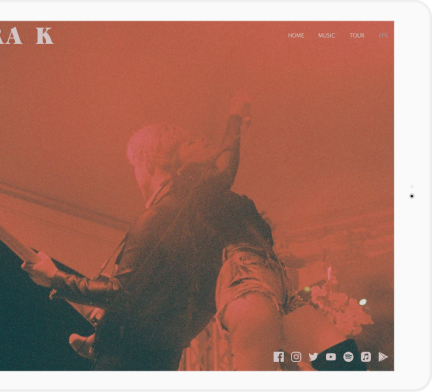
Create a stunning EPK for your band
Build an electronic press kit you can proudly share with industry, using templates and easy custom design tools for musicians.Create your EPK
You can include quotes from radio programmers, music reviewers, or even festival directors to capture words about your music. If you’re focussing on building your music portfolio to encourage collaborators, use testimonials from others who have been happy working with you.
With the shift to streaming, it also makes sense to include any editorial playlisting you’ve received from streaming services. This is a great way for industry professionals to see how your music resonates with the world, and ideally means they will keep a close eye on the next release you have planned.
5. Video
No music portfolio is complete without a video to accompany your music. Your portfolio is dedicated to how you’ve established yourself throughout your music career and can potentially acquire new contacts, so you can take creative liberties and prepare the video that’s right for you.
If you’re a band focusing on a release cycle, then you may want to include a music video in your portfolio. If you’re a solo musician looking for work, then a performance video of your favorite musical piece may be best for your audience. Producers may opt for more of a highlight reel, showcasing their studio chops and trying to cover an array of genres at which they excel.

6. Contact
No music portfolio is complete without a contact section. With any portfolio, you want to make sure it’s easy for viewers to get in touch with you. A great way to do this is to include an email address alongside links to your social media profiles.
If you’re booking custom work or gathering performance requests, you could also include a custom form with fields specific to your needs. That way, you can get more information right away from collaborators or venues.
You can also list out different members of your team — if you have a manager, a booking agent, a publicist, and so on, include their contact details.
Whether you’re building one page to highlight your career, or building a complete music website, your music portfolio is a place to showcase your skills and musicality so you can grow your network, audience, and listener base. Building a portfolio for your music is easy with Bandzoogle, and it can help you connect with more people who are looking for what you have to offer, and facilitate lasting relationships that support your music career.
